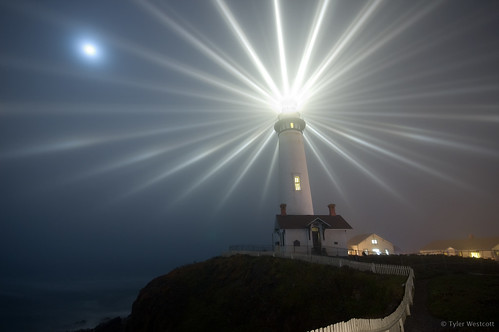
Photo credit kqedquest
According to the US Green Building Council (USGBC) buildings account for 38% of CO2 emissions in the United States, buildings consume 70% of the electricity load in the U.S and CO2 emissions from buildings are projected to grow faster than any other sector over the next 25 years.
Leadership in Energy and Environmental Design (LEED) is a Green building rating system which has been deveoped to provide a suite of standards for the design, construction and operation of high performance Green buildings.
According to the the LEED Wikipedia entry:
LEED certified buildings have healthier work and living environments, which contributes to higher productivity and improved employee health and comfort.
According to the USGBC January Green building by the numbers report (.doc warning):
By 2009, 82% of corporate America is expected to be greening at least 16% of their real estate portfolios; of these corporations, 18% will be greening more than 60% of their real estate portfolios
The green building products market is projected to be worth $30-$40 billion annually by 2010
With that in mind it was great to see the report that AMD’s Lone Star campus in Texas has achieved a gold LEED certification. Thanks to David Berlind for tipping me off on this.
According to the release this is the largest gold certified LEED commercial building in Texas and some of the sustainable design elements include:
- Energy Use: Powered 100% by Austin Energy’s GreenChoice® electricity, which comes from clean, renewable energy sources such as wind power
- Rainwater collection: Designed with a 1.2 million gallon capacity rainwater collection system, which is designed to provide water for the buildings’ cooling towers and irrigation
- Construction materials: Incorporated more than 20% of construction materials based on recycled content, and with more than 20% of locally sourced construction materials
- 100% Native Landscaping: AMD partnered with the Lady Bird Johnson Wildflower Center to salvage the native trees, shrubs and grasses within the footprint of the campus, and replant them following construction.
AMD joins other well known tech companies who have rolled large LEED building projects like Adobe (Platinum) and Symantec (Gold).
To paraphrase Fr Ted – “Up with this kind of thing!!!“

